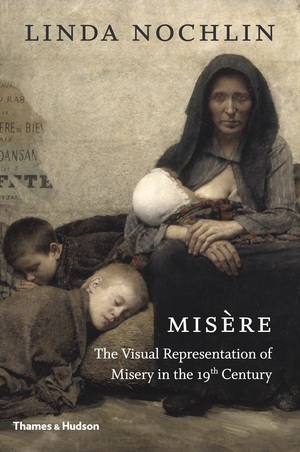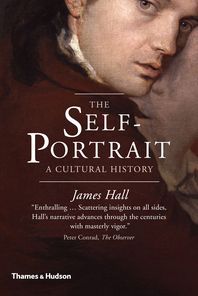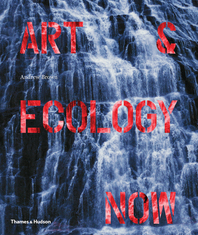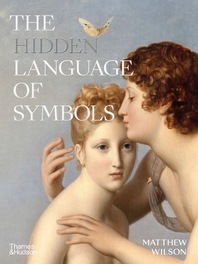In Misere, famed art historian Linda Nochlin reveals how, in the new form of civilization produced by the Industrial Revolution, in which the phenomenal growth of wealth occurred alongside an expansion of squalor, writers and artists of the nineteenth century used their craft to come to terms with what were often new and unprecedented social, material, and psychological circumstances.
Nochlin charts the phenomenon of misery as it was represented in the popular and fine arts of the nineteenth century. Examining work by some of the great intellects of the era—including Dickens, Carlyle, Engels, Hugo, Buret, Disraeli, and de Tocqueville—as well as relative unknowns who were searching for ways to depict new realities, Nochlin draws from a range of sources that include paintings, prints, newspaper illustrations, photography, and a variety of texts: from the account of a day in the life of an eight- year- old mine worker girl to the foundational texts of the field such as Friedrich Engels’s The Condition of the Working Class in England.
Contributors
Linda Nochlin
Author
Linda Nochlin was the Lila Acheson Wallace professor of modern art emerita at New York University's Institute of Fine Arts. Her publications include The Body in Pieces: The Fragment as a Metaphor of Modernity; Women, Art and Power and Other Essays; The Politics of Vision: Essays on Nineteenth-Century Art and Society; Courbet; Mise`re: The Visual Representation of Misery in the 19th Century; and Women Artists: The Linda Nochlin Reader. Her essay “Why Have There Been No Great Women Artists?” is considered one of the most in influential texts in modern art history.







